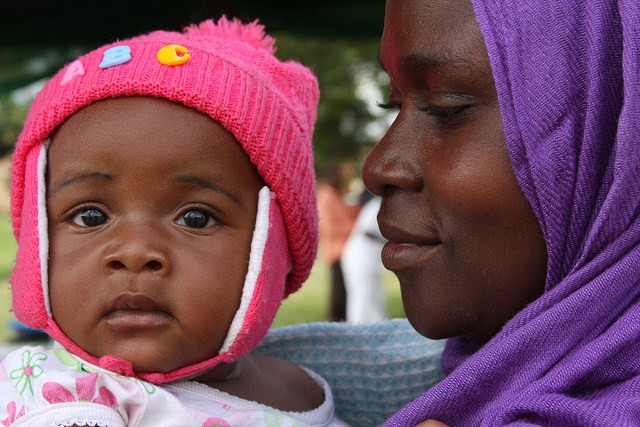Speeches Shim

Improving nutrition is central to the achievement of all Sustainable Development Goals. The persistence of chronic undernutrition (stunting) undermines progress toward food security, improved educational attainment, and better maternal and child health in Tanzania. Undernutrition is the greatest cause of under-five deaths in Tanzania and is estimated to cost the government 2.6 percent of GDP annually. This loss of revenue is mainly in the agriculture sector and is attributable to poor cognitive and physical development in early life caused by undernutrition.
According to the 2015-2016 Demographic and Health Survey, roughly a third of all children under five suffer from stunting and 14 percent are underweight. Key factors driving undernutrition are the lack of diverse and quality diets at the household level, inadequate access to health services (including water, sanitation, and hygiene), and poor caring and feeding practices. Maternal anemia is another significant problem in Tanzania, with 57 percent of pregnant women and 46 percent of breastfeeding mothers affected.
As part of a comprehensive approach to nutrition, USAID focuses on reducing the prevalence of chronic undernutrition and maternal anemia in Tanzania through integrated health and agriculture programs and services at the district and community levels. Key nutrition investments include: 1) Strengthening of Government of Tanzania institutions and civil society organizations (CSOs) responsible for nutrition; 2) Scaling up social and behavior change efforts to improve infant and young child feeding practices; and 3) Increasing access to a healthy, diverse diet for mothers and children. USAID’s nutrition programming is fully aligned with the Government of Tanzania’s National Nutrition Multisectoral Nutrition Action Plan (2016-2021).
Challenges
- Lack of awareness among the public regarding available nutrition services.
- Need for improved multi-sectoral nutrition-focused legislation and coordination.
- Health facilities that lack the full range of available nutrition services, as well as strong ties with the communities they serve. Health service coverage is often sparse in remote areas.
- Shortage of nutritional staff and health workers capable of providing nutrition services.
Impact
- Programmatic reach: Over 1.3 million women of reproductive age and 930,000 children under five reached, achieving 97 percent of target populations in USAID Feed the Future focus regions (Dodoma, Iringa, Manyara, Mbeya, and Morogoro). USAID health-focused nutrition programs also reach these areas as well as Songwe and three districts in Zanzibar.
- Improved nutrition: Over one million children under five have received nutrition services.
- Reduced stunting: In three regions, USAID’s Mwanzo Bora activity has resulted in a significant (27 percent) reduction in the prevalence of childhood stunting.
- Training: 22,540 nutrition practitioners have received targeted training in the reduction of maternal anemia and childhood stunting.
- Organizational strengthening: Key capacity building has been conducted with the Tanzania Food and Nutrition Centre and the Centre for Counseling, Nutrition, and Health Care, a leading Tanzanian CSO, as well as the Prime Minister’s office. At the subnational level, nutrition efforts are building a network of local government councils and over 20 CSOs to deliver targeted nutrition messages to households.
RELATED FACT SHEETS
Lishe Endelevu (Sustainable Nutrition)


Comment
Make a general inquiry or suggest an improvement.